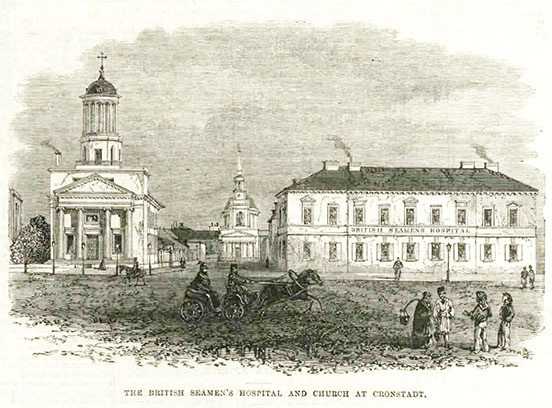The Journey to St. Petersburg
Image 77
The Acadia, the steamship on which Anna Whistler, George, James, Willie, Debo, Charlie, and Mary Brennan traveled to England in August 1843, on their way to join Major Whistler in St. Petersburg
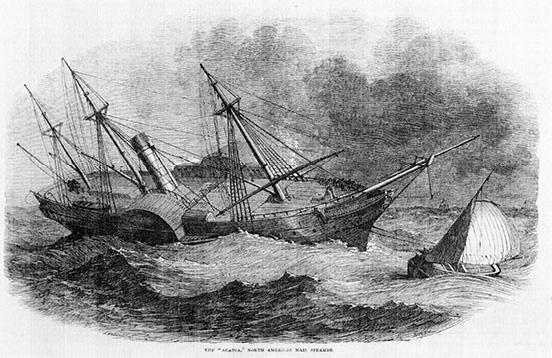
Image 78
Jean Robert and Louise Cecilia Poizat, whom Anna Whistler met on the Acadia in 1843
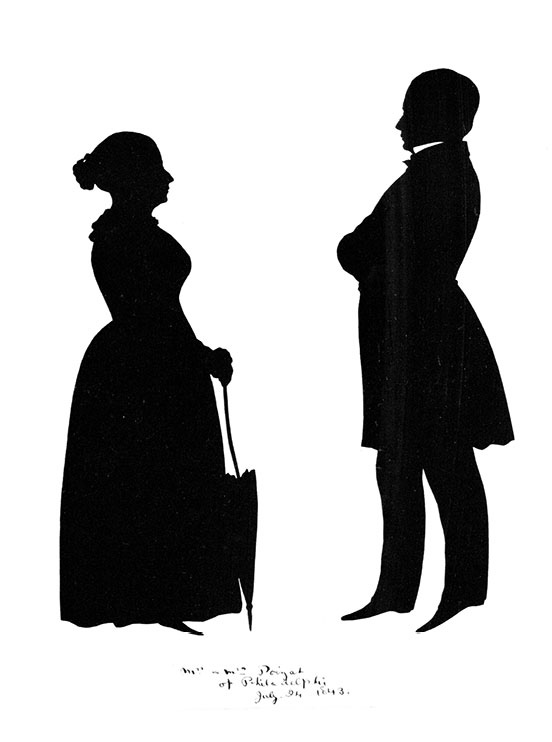
Image 79
It is possible that members of the Whistler family visited an exhibit of George Catlin’s portraits of North American Indians in the Egyptian Hall, Picadilly, when they were in London in 1842 and 1843. Anna Whistler showed a book of Indian portraits to Miss Khremmer in St. Petersburg.
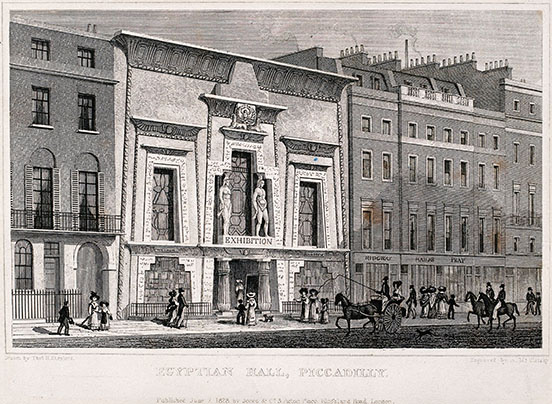
Image 80
At least twice during her visits to England (en route to St. Petersburg in 1843 and again in the summer of 1847), Anna Whistler visited with the family of Francis Boott, brother of Kirk Boott.
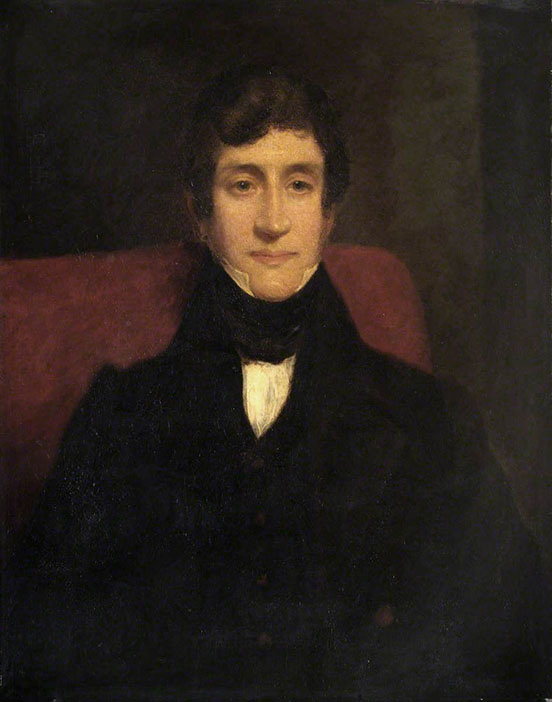
Image 81
The port at Hamburg, to which Anna Whistler and her family sailed from London in September 1843 en route to St. Petersburg
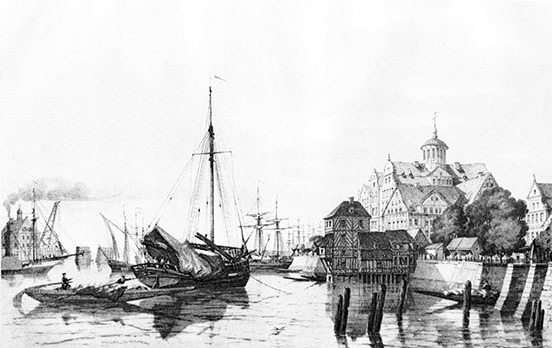
Image 82
Streit’s Hotel, where the Whistler family stayed when in Hamburg
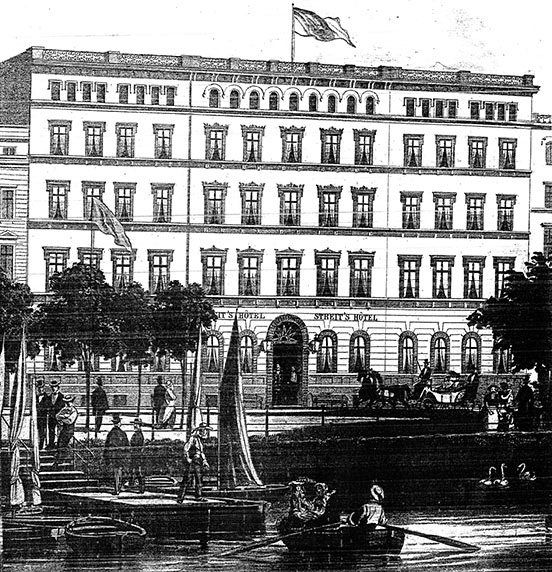
Image 83
Lübeck, which Anna Whistler and her family passed through by coach en route from Hamburg to Travemünde on their voyage to St. Petersburg in September 1843
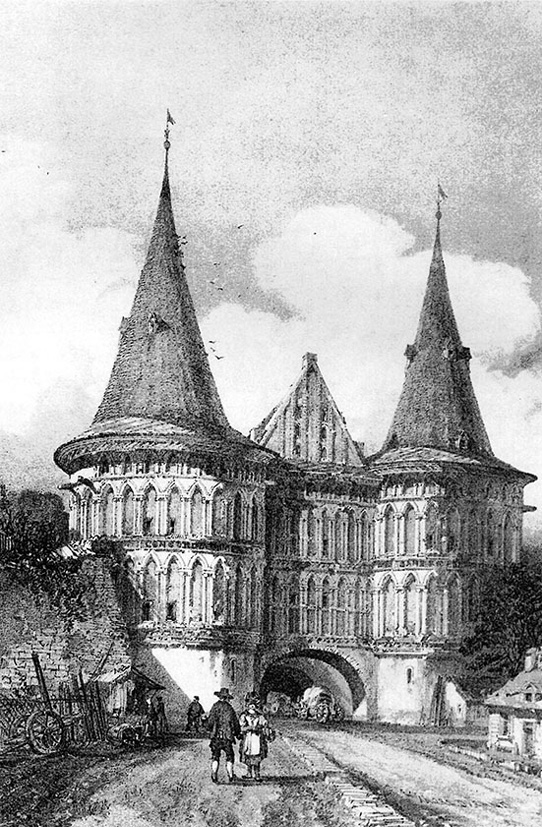
Image 84
The entrance to the port at Cronstadt. The steamer from Travemünde dropped its passengers off at Cronstadt, where they took a “lighter” (a smaller boat, with a lighter draught) to St. Petersburg. The drawing depicts a Baird steamship and what appears to be a bilander or clipper, but no lighter.
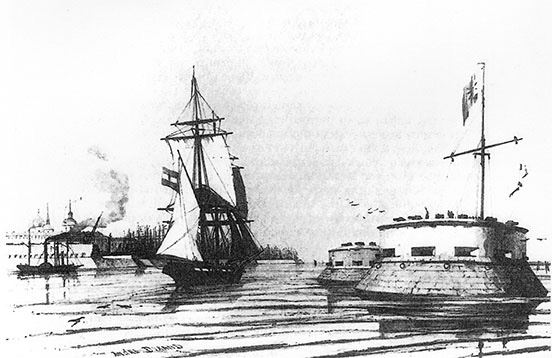
Image 85
The English Church at Cronstadt (adjacent to the British Seamen’s Hospital, also shown in this image), where Charles Donald Whistler’s corpse was kept in September 1843 until a steamship could take it back to Stonington, Connecticut, for burial
